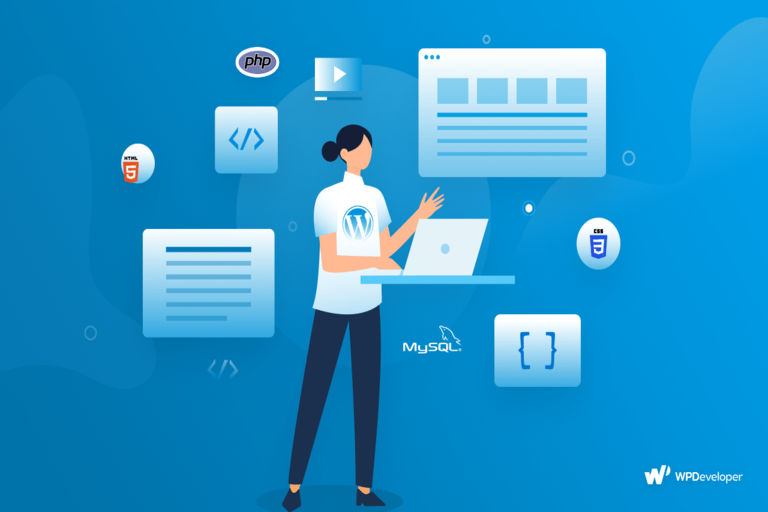Whether you’re just starting out or you’ve been building WordPress sites for years, the landscape of WordPress development is always evolving. To stay ahead, it’s important to keep sharpening your skills and staying updated with industry-best practices.
In this article, we’ll explore 7 must-know secrets that every WordPress developer should use to create faster, more secure, and SEO-friendly websites in 2025 and beyond.
Top 7 WordPress Development Secrets You Shouldn’t Miss
1. Use a Lightweight and SEO-Friendly Theme
One of the most overlooked secrets in WordPress development is theme selection. Many developers fall into the trap of choosing themes that look fancy but are bloated with unnecessary code.
Why it matters:
- Heavy themes slow down site speed.
- Cluttered code can affect SEO rankings.
- Complicated structures make customization difficult.
Pro tip:
Use themes like Astra, GeneratePress, or Neve — they are fast, lightweight, and built for performance. Always check a theme’s PageSpeed score and developer reviews before using it.
2. Master the Child Theme Concept
If you’re still editing your main theme’s code directly, stop! Instead, learn how to use child themes.
What is a child theme?
It’s a separate theme that inherits the style and functionality of the parent theme but allows you to make customizations safely.
Why use it?
- Prevents losing changes during theme updates.
- Encourages clean and modular development.
- Makes your code easier to manage and debug.
To create a child theme, you just need a new folder with a style.css and functions.php file referencing the parent theme. It’s that simple!
3. Learn to Enqueue Scripts Properly
Directly adding scripts to your header or footer files can break things. Instead, use WordPress’s wp_enqueue_script() and wp_enqueue_style() functions.
Benefits of proper enqueuing:
- Prevents plugin and theme conflicts.
- Improves page load speed.
- Makes scripts manageable across your site.
This method ensures that your stylesheets and JavaScript files are loaded only when needed and in the correct order.
4. Sanitize and Validate All User Input
This is a major security principle. If your theme or plugin collects user input (like contact forms or comment fields), never trust that data blindly.
Use:
- sanitize_text_field()
- esc_html(), esc_url(), esc_attr()
- wp_verify_nonce() for form submissions
Why it matters:
Sanitization prevents malicious data from being processed, while validation checks whether the data matches what you expect. Together, they protect your site from XSS (Cross-Site Scripting) and other attacks.
5. Optimize Database Queries
Too many developers overlook this. Poorly written queries can crash your site, especially if it has a lot of content or traffic.
Tips for optimization:
- Use WP_Query instead of raw SQL unless absolutely necessary.
- Always use parameters like ‘posts_per_page’ or ‘no_found_rows’ => true.
- Avoid using queries inside loops when unnecessary.
If you’re building a large-scale project, consider using tools like Query Monitor to track and improve performance.
6. Always Use a Staging Environment
A staging environment is a clone of your live website where you can test updates, plugins, and changes without breaking the real site.
Why every developer should use staging:
- Prevents downtime or broken features.
- Lets you test compatibility before deploying.
- Helps catch bugs early.
Most managed WordPress hosts like SiteGround, WP Engine, or Kinsta offer one-click staging features. There’s no excuse not to use it.
7. Embrace Git and Version Control
Version control systems like Git aren’t just for big tech teams. Even solo WordPress developers can benefit massively.
Advantages of Git:
- Track every code change.
- Revert back if something breaks.
- Collaborate easily with teams or clients.
Pair Git with GitHub or GitLab for cloud-based backups and workflow management. It’s a must-have tool for modern development.
Final Thoughts
Staying on top of WordPress development doesn’t mean learning everything overnight. But by applying these 7 secrets — from using child themes and Git to optimizing queries and input sanitization — you’ll build better, faster, and more secure websites.
Your clients will love you for it. And you’ll save yourself hours of headaches down the line.
